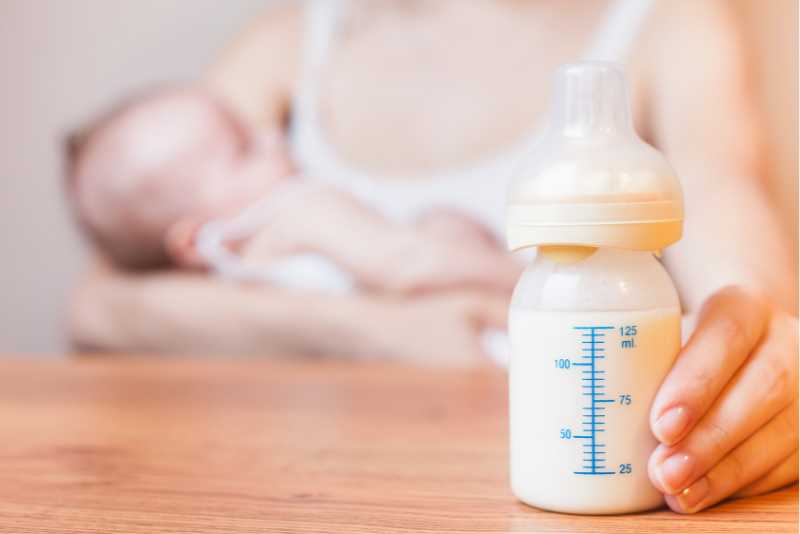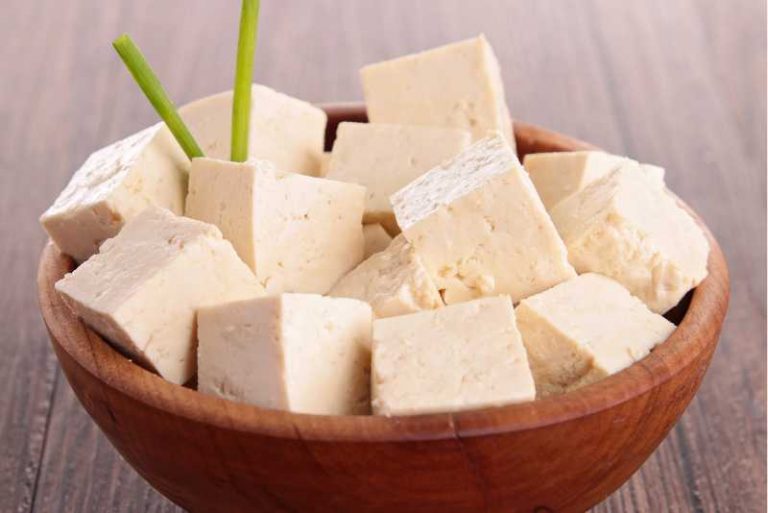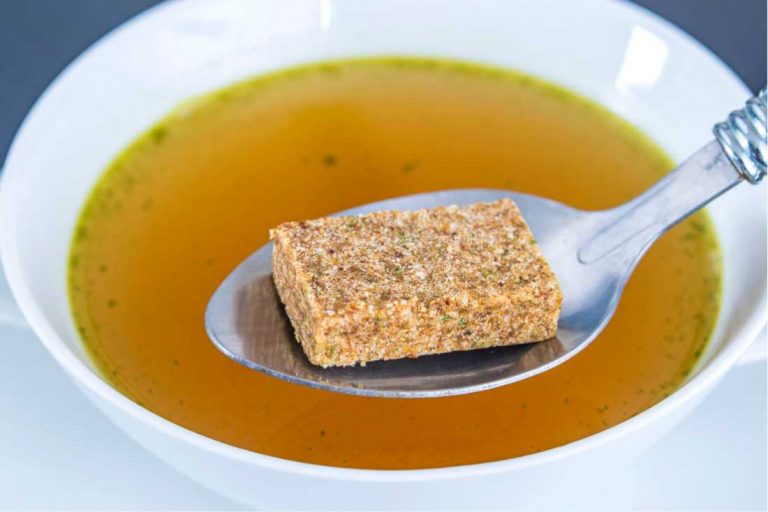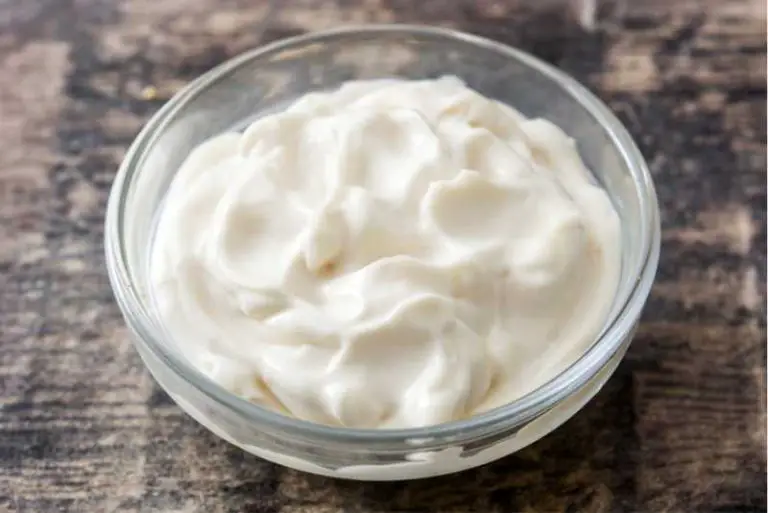Why Can’t You Thaw Breast Milk at Room Temperature?
Why Can’t You Thaw Breast Milk at Room Temperature? Breast milk is a precious source of nutrition for your baby, providing essential vitamins, minerals, and antibodies to keep them healthy and strong.
As a breastfeeding mom, you may need to pump and store your milk for later use, especially if you’re returning to work or planning a night out.
However, it’s crucial to follow proper storage and thawing guidelines to ensure the milk remains safe and nutritious for your baby. To help you with this we have laid out everything you need to know below.
The Dangers Of Thawing Breast Milk At Room Temperature
Thawing breast milk at room temperature poses several risks, including:
- Bacterial growth: The primary concern with thawing breast milk at room temperature is the potential for harmful bacteria to grow. Bacteria thrive in warm environments, and allowing the milk to sit at room temperature creates an ideal breeding ground for these microorganisms. Consuming contaminated milk can lead to gastrointestinal infections and other health issues in your baby.
- Loss of nutritional value: As breast milk thaws, some of its nutrients may degrade, particularly if the milk is exposed to light, air, or fluctuating temperatures. Thawing milk at room temperature may accelerate this process, reducing the overall nutritional value of the milk.
- Decreased immune benefits: Breast milk contains immune-boosting antibodies that help protect your baby from illness and infection. However, these antibodies can be sensitive to temperature changes and may lose their effectiveness if the milk is thawed at room temperature.
So How Should You Thaw Out Frozen Breast Milk?
There’s only one way that safe enough for thawing breast milk and that’s in the refrigerator. it’s essential to stick to this approach to ensure the health and safety of your baby. Thawing breast milk in the fridge ensures it remains at a safe temperature, reducing the risk of bacterial growth.
It also helps preserve the milk’s nutritional content. Simply place the frozen breast milk container in the refrigerator (40°F or 4°C) to thaw gradually. This method can take several hours, so make sure you plan ahead and transfer the milk to the fridge the night before you intend to use it.
How Long Will Breast Milk Last After Thawing?
After thawing breast milk in the refrigerator, it is safe to use within 24 hours. It’s important not to refreeze thawed breast milk, as this can compromise its quality and safety. If your baby doesn’t consume all the thawed milk within that time frame, it’s best to discard the remaining portion.
Remember to always store breast milk in a clean, sealed container and label it with the date to ensure freshness and safety.

Things You Should Avoid Doing
- Avoid using a microwave or stove: Microwaving or heating breast milk on the stove can create hot spots and cause uneven heating, which may scald your baby’s mouth. Additionally, these methods can destroy some of the milk’s beneficial properties, including its immune-boosting antibodies.
- Don’t refreeze thawed milk: Once breast milk has been thawed, it should not be refrozen. Refreezing can increase the risk of bacterial growth and compromise the milk’s nutritional value.
By following proper thawing guidelines, you can ensure that your breast milk remains safe and nutritious for your baby. Always prioritize your baby’s health and adhere to the recommended methods for thawing and feeding breast milk.
Warming Up Thawed Breast Milk
The best way to give your baby thawed breast milk is by warming it to room/body temperature or right from the refrigerator. If you decide to warm it first, use a bottle warmer, hold the bottle under a tap with warm running water, or put it in a bowl of warm water.
It would be best to gently swirl the container to take care of any separation in the breast milk during freezing. It is essential to check the temperature of the warmed breast milk before giving it to your child.
Squirt a few drops on the inside of your wrist; it should feel a bit lukewarm. Avoid giving your child breast milk that is too hot or cold.
How To Safely Handle Warmed Breast Milk?
Knowing how to handle your breast milk safely can prevent it from becoming unhygienic or even getting spoilt. So below are some safely tips for handling warmed breast milk…
- Wash your hands: Before handling breast milk, always wash your hands with soap and water to prevent contamination.
- Warm the breast milk: If the breast milk is stored in the refrigerator, you can warm it by placing the container in a bowl of warm water or using a bottle warmer. Avoid using a microwave or boiling water, as these methods can create hot spots in the milk, potentially harming your baby and damaging the milk’s nutrients.
- Test the temperature: Shake the bottle or container gently to distribute the heat evenly. Test the temperature of the milk by placing a few drops on your wrist. It should feel lukewarm, not hot.
- Feed your baby promptly: Once the milk is warmed, feed your baby immediately to minimize the risk of bacterial growth. Do not leave warmed breast milk sitting at room temperature for more than two hours.
- Discard leftovers: If your baby doesn’t finish the warmed breast milk, discard any remaining milk after the feeding. Do not reheat or reuse leftover milk, as this increases the risk of bacterial contamination.
By following these guidelines, you’ll ensure that the warmed breast milk remains safe and nutritious for your baby.
Conclusion
So hopefully this article has answered the question why can’t you thaw breast milk at room temperature? If you liked this article don’t forget we have a variety of posts similar to this one. You can find all our article on the home page.






